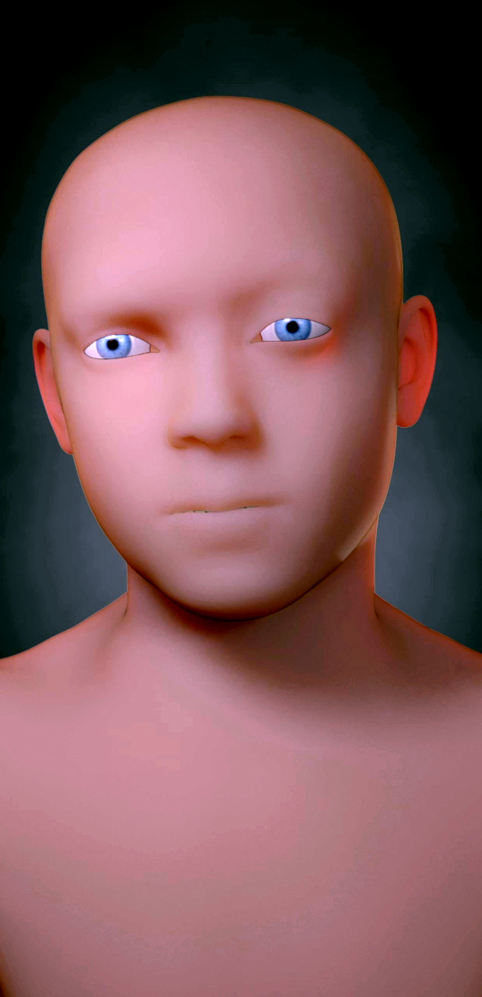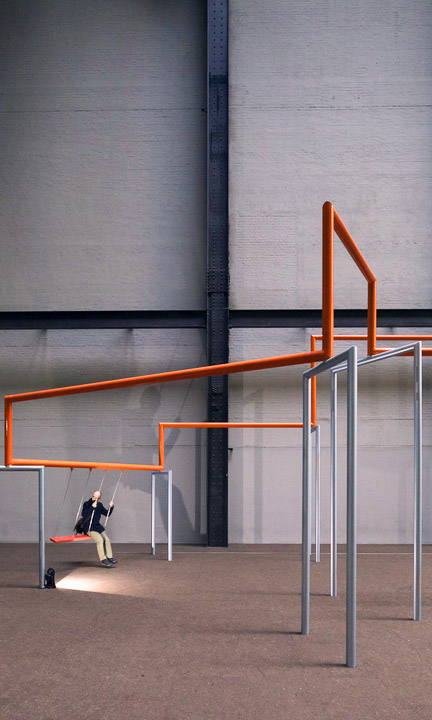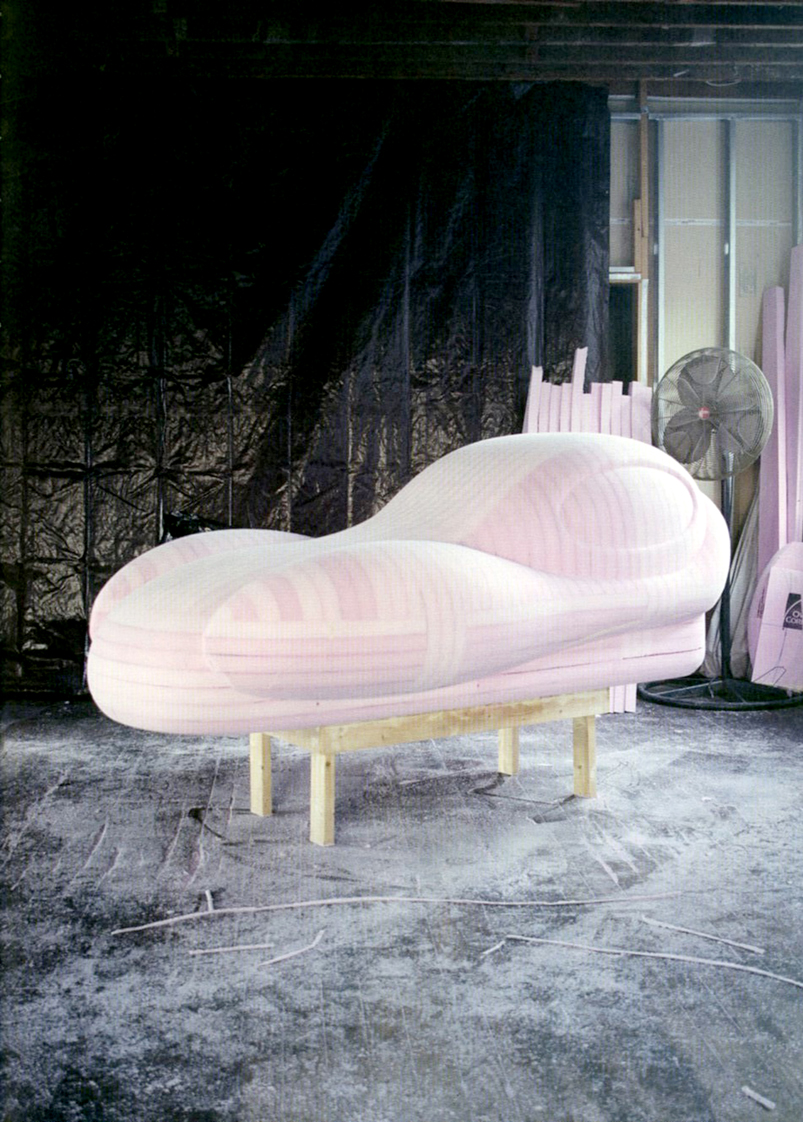
Laura Scozzi
Jean-Philippe Rameau
Les Indes Galantes
The first merit of this new production, streaming with intelligence, is that Laura Scozzi and Christophe Rousset have read Fuzelier’s verses deeply. And of Rameau, we must add, so much the composer, perpetually dissatisfied with his poets, harassed them word for word, when he did not take up the pen himself. In addition to lines which, like his contemporary Marivaux, seem to have been invented instantly, Fuzelier has built a dialectical finesse between peace and war, joy and hatred, pleasure and violence, the state of Nature and the state of society. The Gallant Indies according to Laura Scozzi are not a gigantic burst of joy. On the contrary, they reveal a perpetual and restless balance between shadow and light and are a look, less consensual but true and human, on the Age of Enlightenment. Here is a startling ideological reversal, without any forcing: Laura Scozzi has simply revealed the implicit nature of a libretto, so far read superficially.










